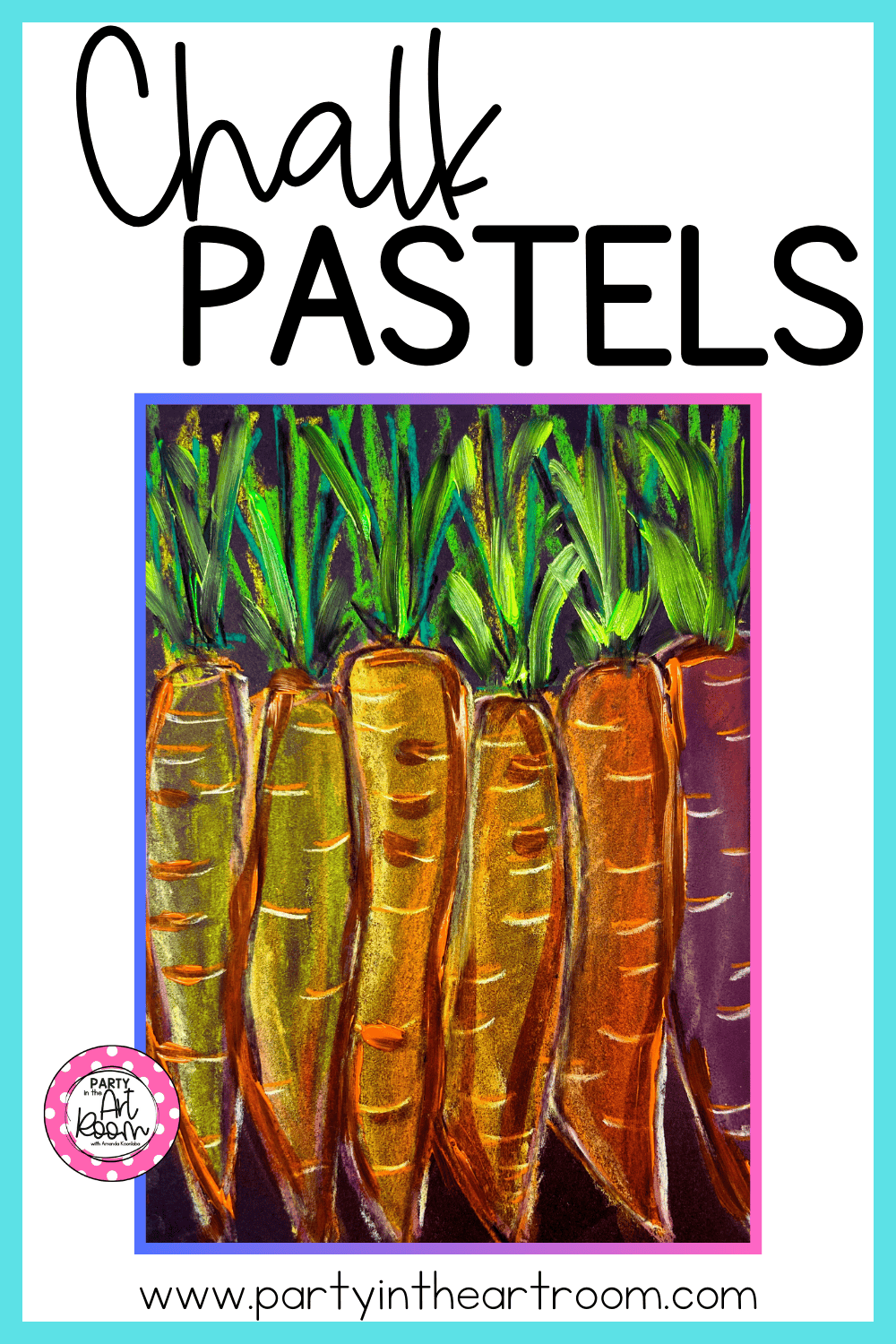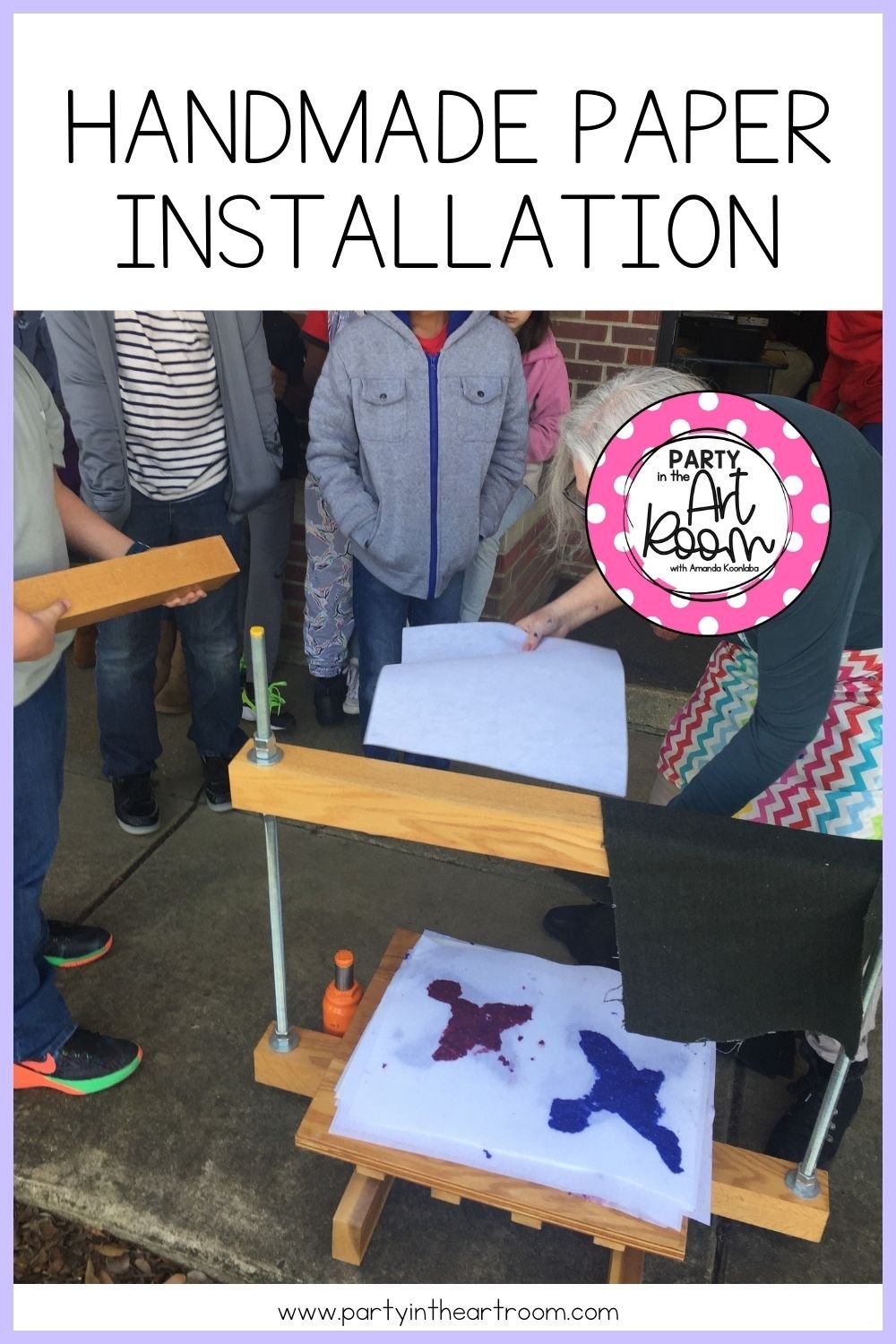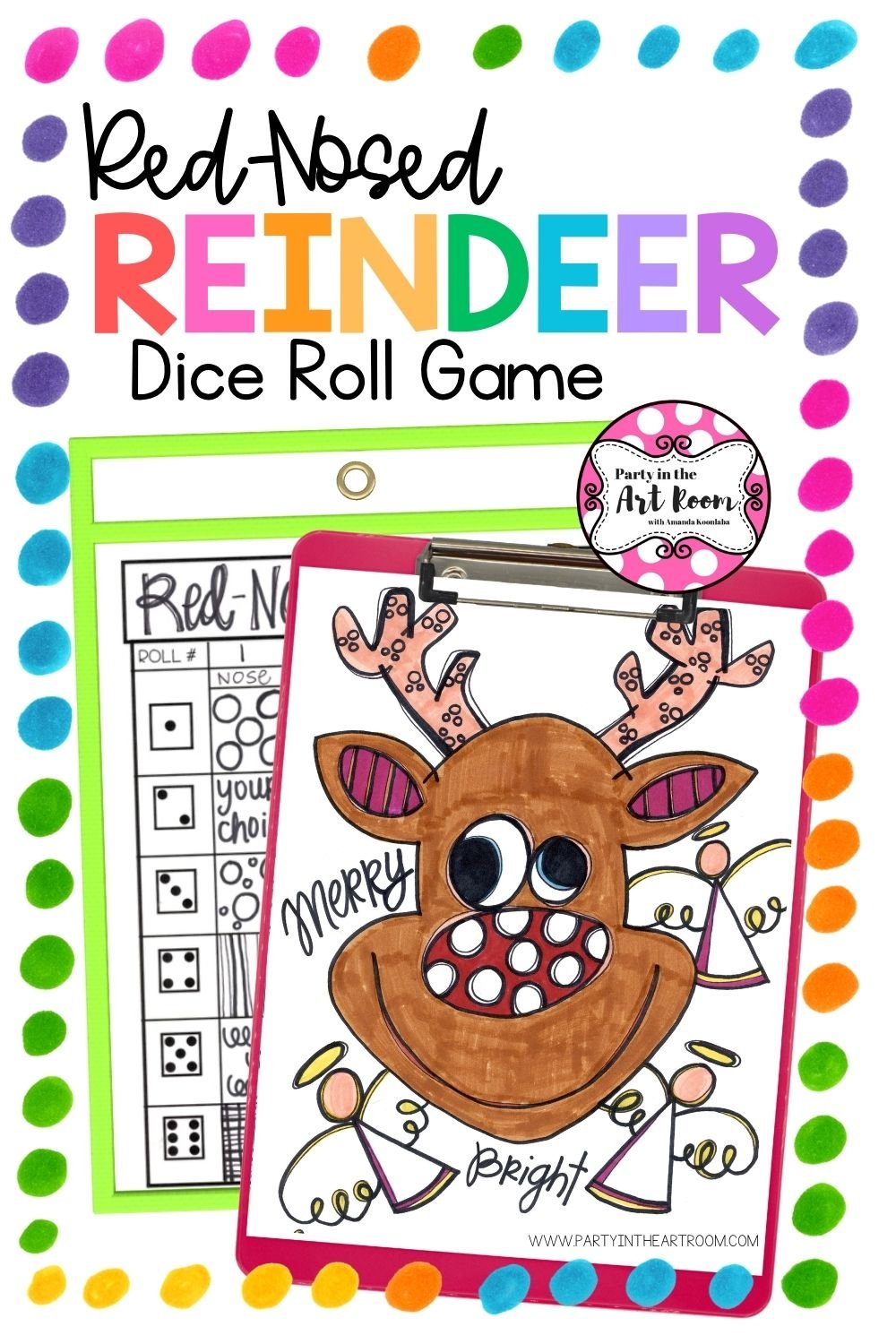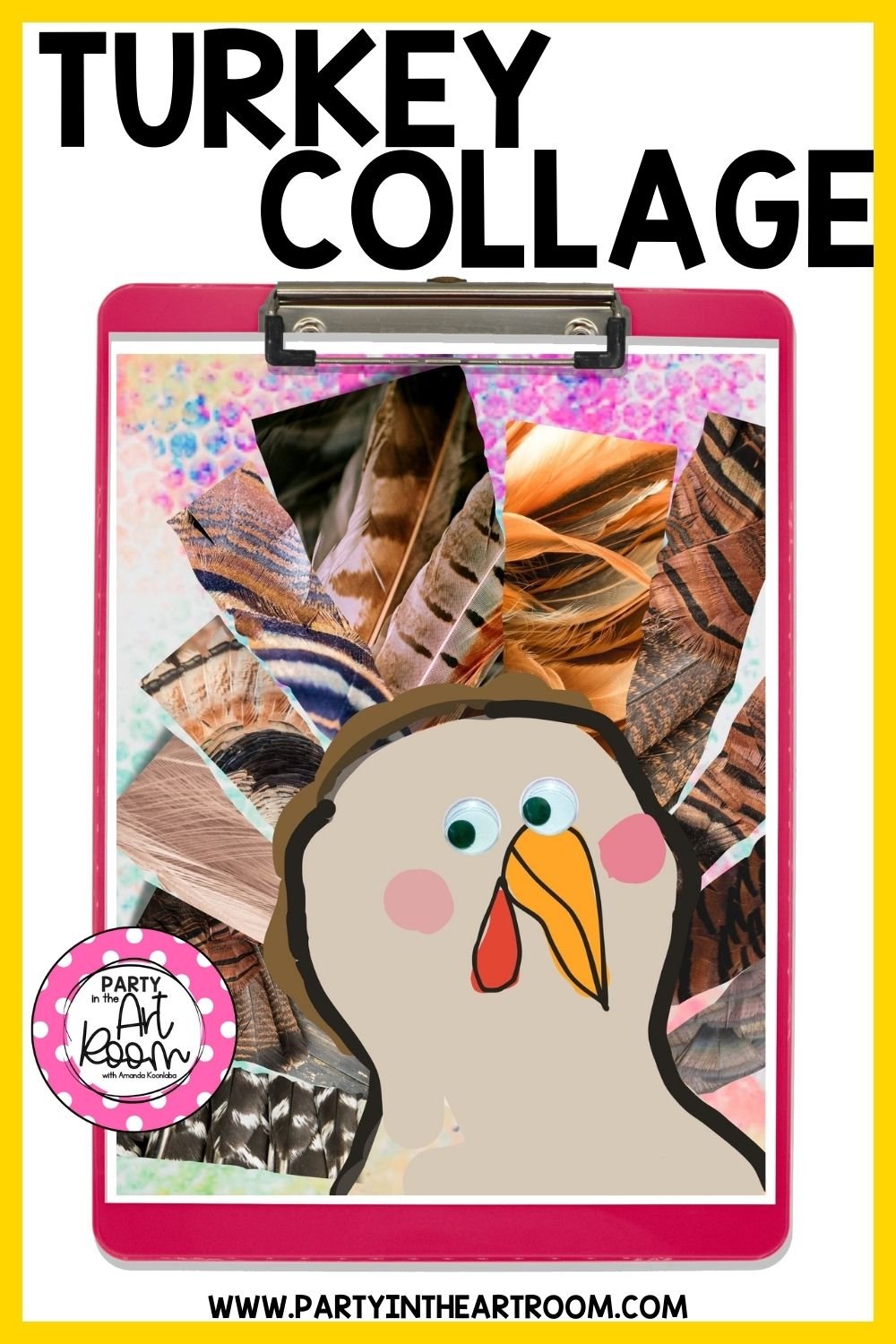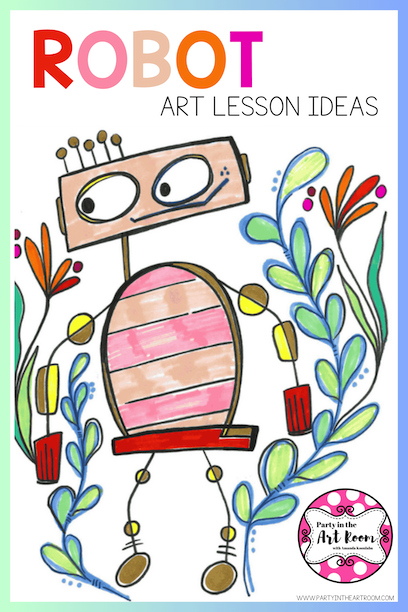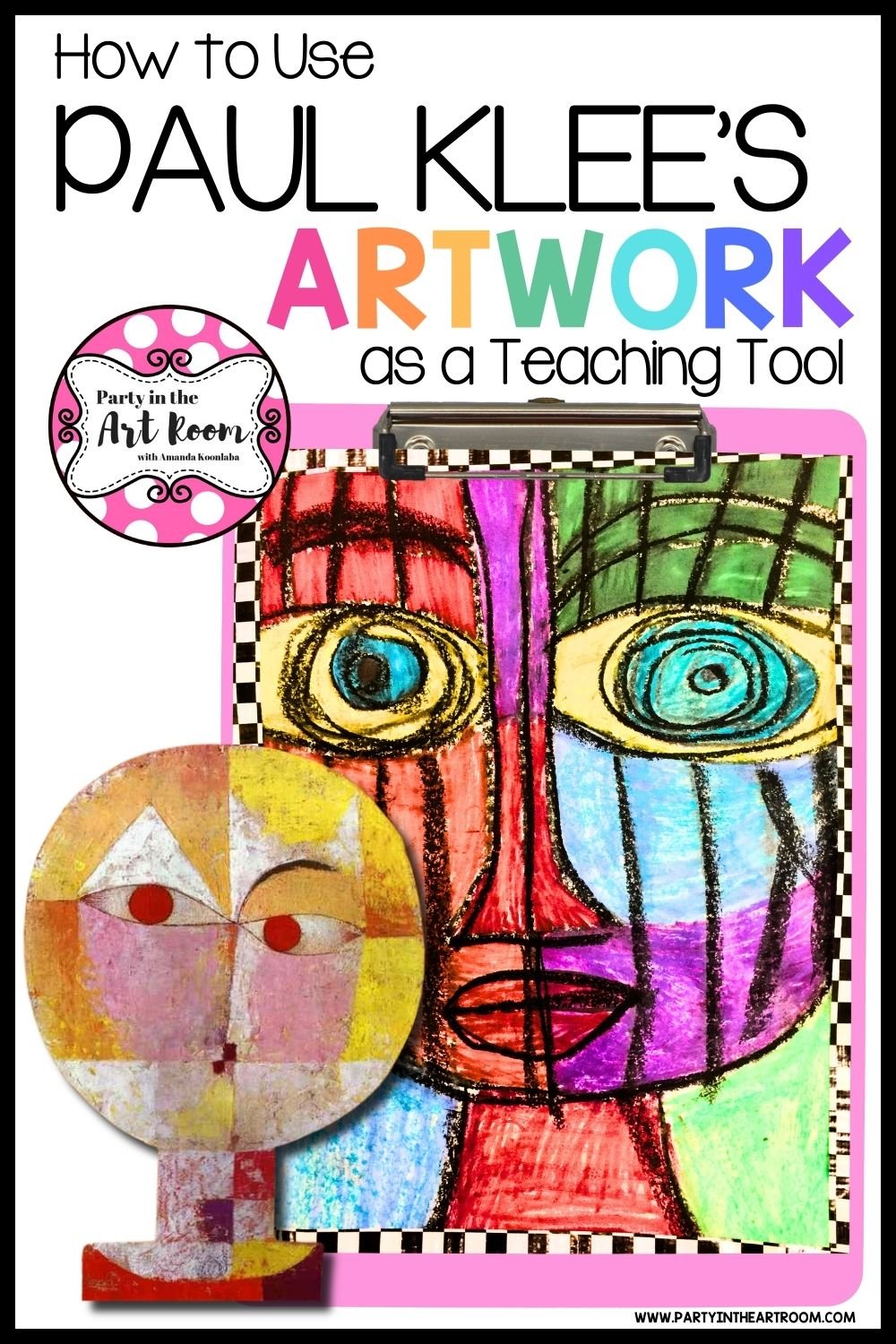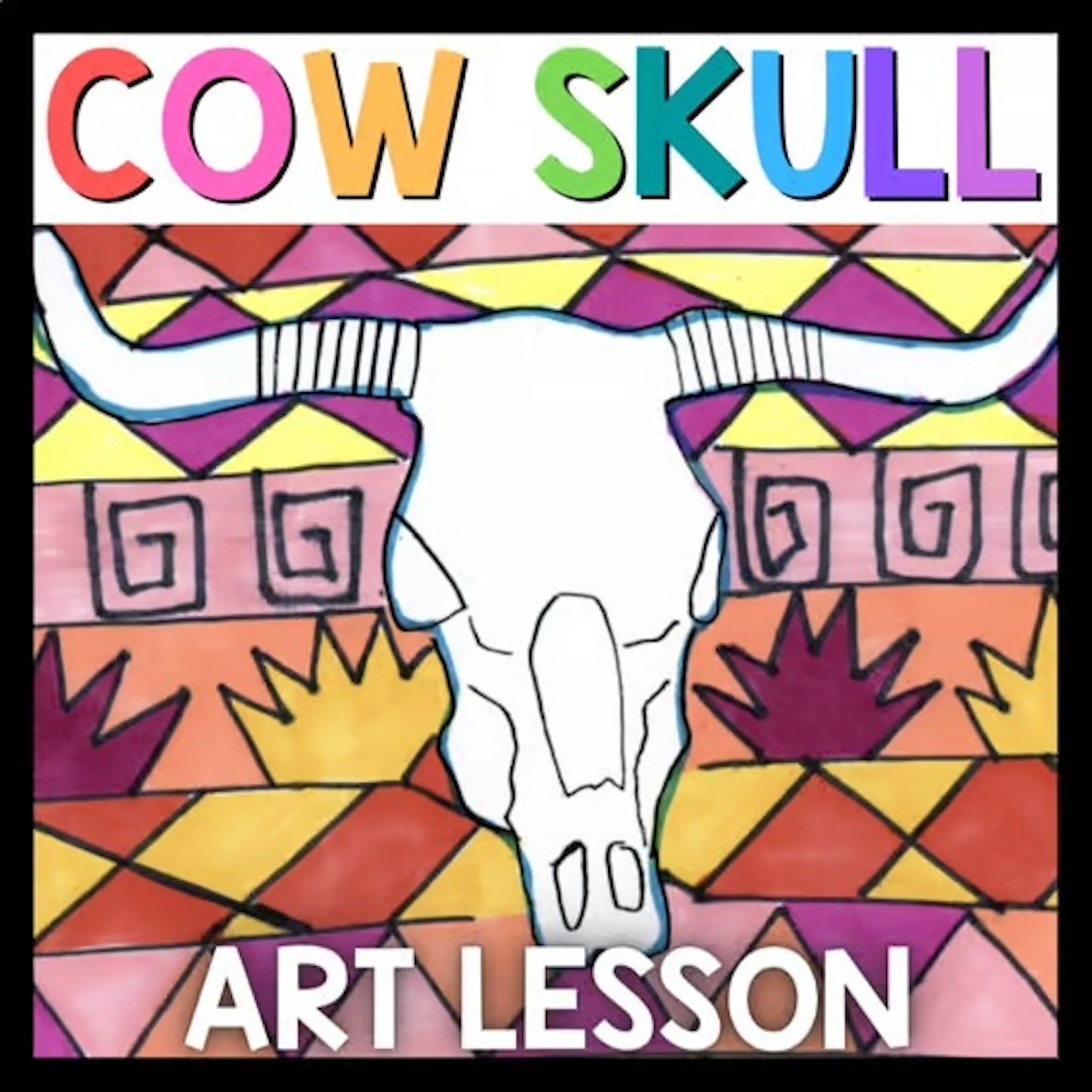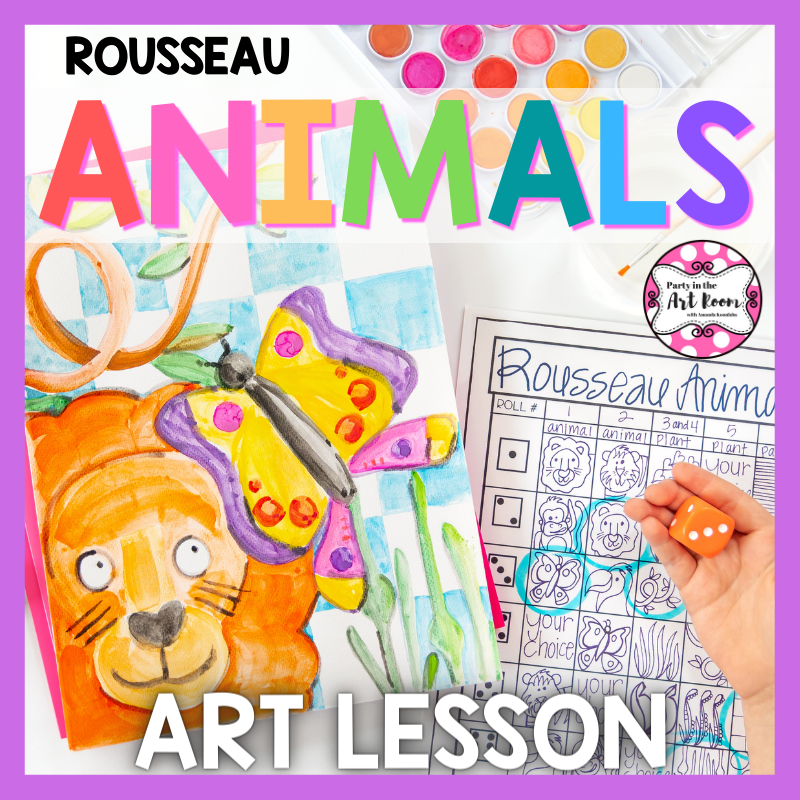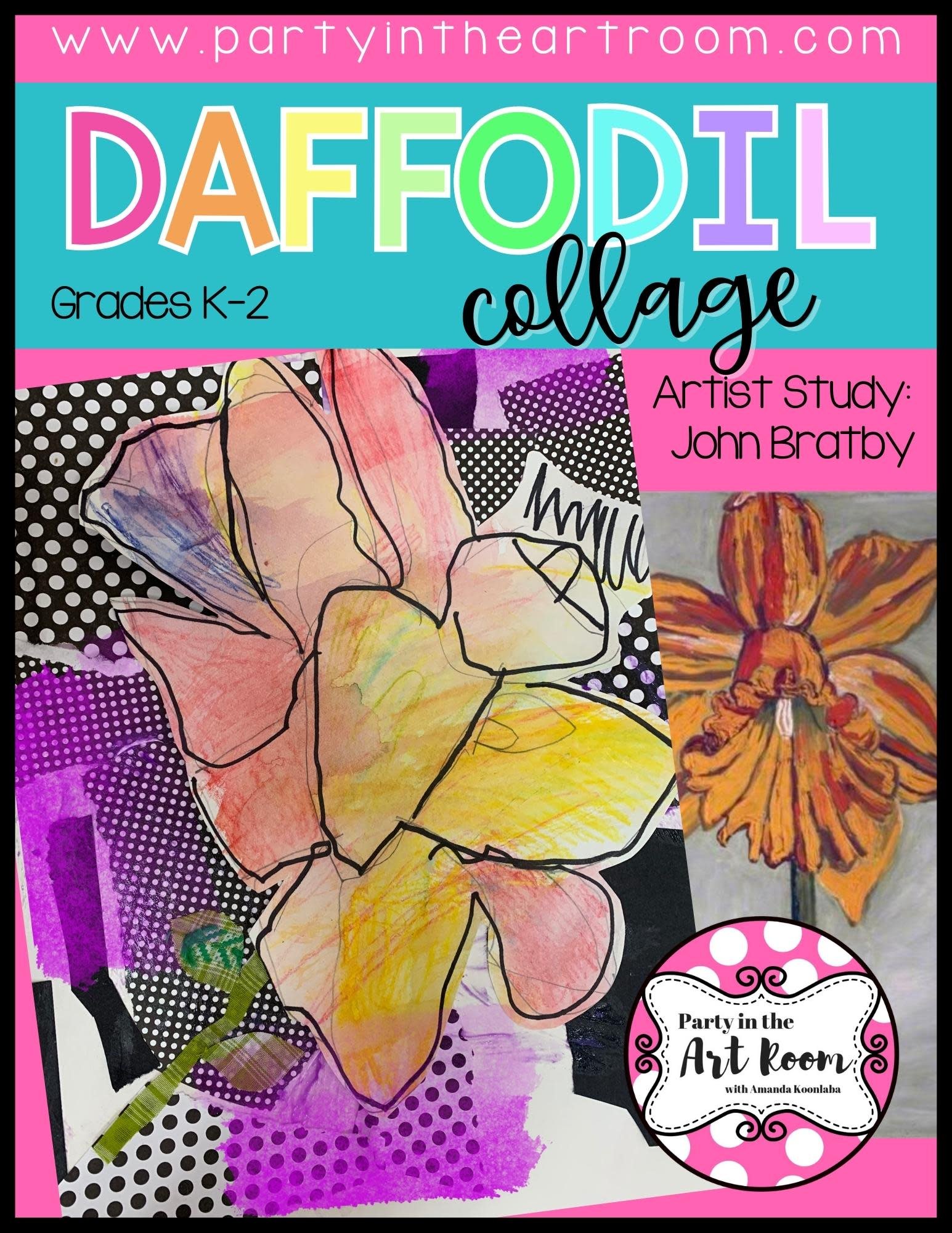4 Useful Tips for Art With Chalk Pastels
Spring art projects wouldn’t be complete without the smooth and vibrant look of chalk pastels. Soft pastels for art are a great tool to use to add fun and rich colors to your art projects this spring. While chalk pastels are easy to use and create fun colors on their own, there are some ways to add depth and variety to your pastel art. Here are some of our tips for getting the most out of your chalk pastels.
Cross-Curricular Applications
Pastels are a great tool to capture vibrant colors. Creating illustrations with pastels is a great opportunity for cross-curricular activities in both reading and science.
You can pair chalk pastel illustrations of carrots with a reading of Too Many Carrots by Katy Hudson for a great connection between literature and art. Start with a black piece of construction paper. Have students use chalk pastels to create a collection of carrots as depicted in the story. This is a great way for students to practice using chalk pastels while practicing the early steps of reading comprehension.
Chalk pastels can also be a great medium for illustrating other objects found in nature. Drawing rich and vibrant spring flowers, fluffy rabbits, and colorful rainbows with soft pastels is a great way to pair art with science. You can teach students the parts of a flower by having them draw their favorite springtime bloom with pastels while labeling each part. Trying a rainbow the chalk pastels can be the first step and teaching students about the spectrum of visible light. Cross-curricular opportunities run rampant (like a bunny through a meadow) with springtime art using chalk pastels.
Chalk Pastels capture a vibrant spring vibe and are also perfect to pair with springtime favorites like The Tale of Peter Rabbit. This Peter Rabbit Art resource can help you plan a fun cross-curricular activity perfect for a springtime art project.
Use Black Paper for a Dramatic Effect
There's a reason that chalkboards are made with dark colors like black or green. Much like chalk on the chalkboard, the chalk pastels really stand out on a darker background. The chalk pastels sit nicely on top of the dark paper and the contrast serves to make a very dramatic effect. Vibrant colors on top of a dark background make your art pop making drawing simple illustrations even more fun.
For example, if you look at the carrot art example above, the black paper background makes the blended reds, oranges, and yellows of the carrot pop off of the page. The vibrant greens look fresh and crisp when put in contrast to the orange and the dark background of the black paper.
Blend Pastels with Baby Oil and a Cotton Swab
Another tip for getting the most out of your soft chalk pastels is to use baby oil and a cotton swab to blend. Adding a small amount of baby oil on the tip of a cotton swab and applying it to the pastels on the page can blend your chalk pastels into a smoother finish. This technique gives chalk pastels a more painterly effect softening colors and providing a much more saturated and rich appearance. However, be cautious not to use too much baby oil as it can wet the paper and damage your artwork.
The carrot project mentioned above is the perfect place to practice blending your pastels with baby oil on a cotton swab. Blending the rich oranges and bright yellows can give your carrots a deeper hue that is closer to their natural tone.
Layer Colors for Texture and Depth
Much like other mediums, chalk pastels can be elevated by layering. Start with lighter shades and layer on additional darker colors to add that texture and dimension to your artwork. For example, if you wanted to make an illustration of a crop of carrots you could layer lighter shades of orange, red, and yellows to mimic the vegetable’s natural textures and deep colors. Much like watercolors, it is ideal to layer your chalk pastels from the lightest to the darkest shades. However, the vibrancy of chalk pastels allows you to have more freedom when layering colors.
Seal Your Artwork for Longevity
Chalk pastels tend to smear and smudge. However, you can seal your chalk pastel art to prevent your project from getting ruined. To seal your artwork, add a thin layer of fixative to cover your pastels. Start by lightly spraying your work from about twelve inches away. Adding a few light layers of fixative can prevent damage without dampening the bright and vibrant colors.
Final Thoughts
Chalk pastels are a versatile and exciting medium that bring a vibrant, dynamic touch to spring art projects. From pairing with literature and science lessons to experimenting with techniques like blending and layering, the possibilities for creativity are endless. By incorporating cross-curricular connections and simple techniques like using black paper for contrast or sealing with fixative for longevity, you can elevate your chalk pastel projects and ensure they make a lasting impression. Whether you're crafting a field of carrots, a bouquet of spring blooms, or a vivid rainbow, chalk pastels provide a fun and engaging way to capture the beauty of the season while fostering artistic exploration. So, grab your pastels and let the springtime inspiration bloom!
You Might Also Be Interested In:
Expand Creativity with Symmetry Drawing Worksheets
Dive deeper into symmetry with our specially designed symmetry drawing worksheets. These engaging activities challenge students to complete intricate designs while honing their understanding of symmetrical balance. Perfect for classrooms or homeschool settings, these worksheets make learning symmetry both fun and artistic.
Affiliate Disclosure: Party in the Art Room is supported by its audience. When you purchase through links on this site, a commission may be earned.Hi! I’m Amanda. Teaching children to be creative thinkers is my greatest joy. I’m here to help you bring that same joy to your classroom.
This guide is packed with 25 ideas for using art to teach math and ELA. It’s arts integration for the win!
I want all students to feel successful in the art room, so I created a standards-based Daffodil Collage lesson to do just that! The lesson includes an artist study, student reflection, and more, so push your artists to their full potential.
